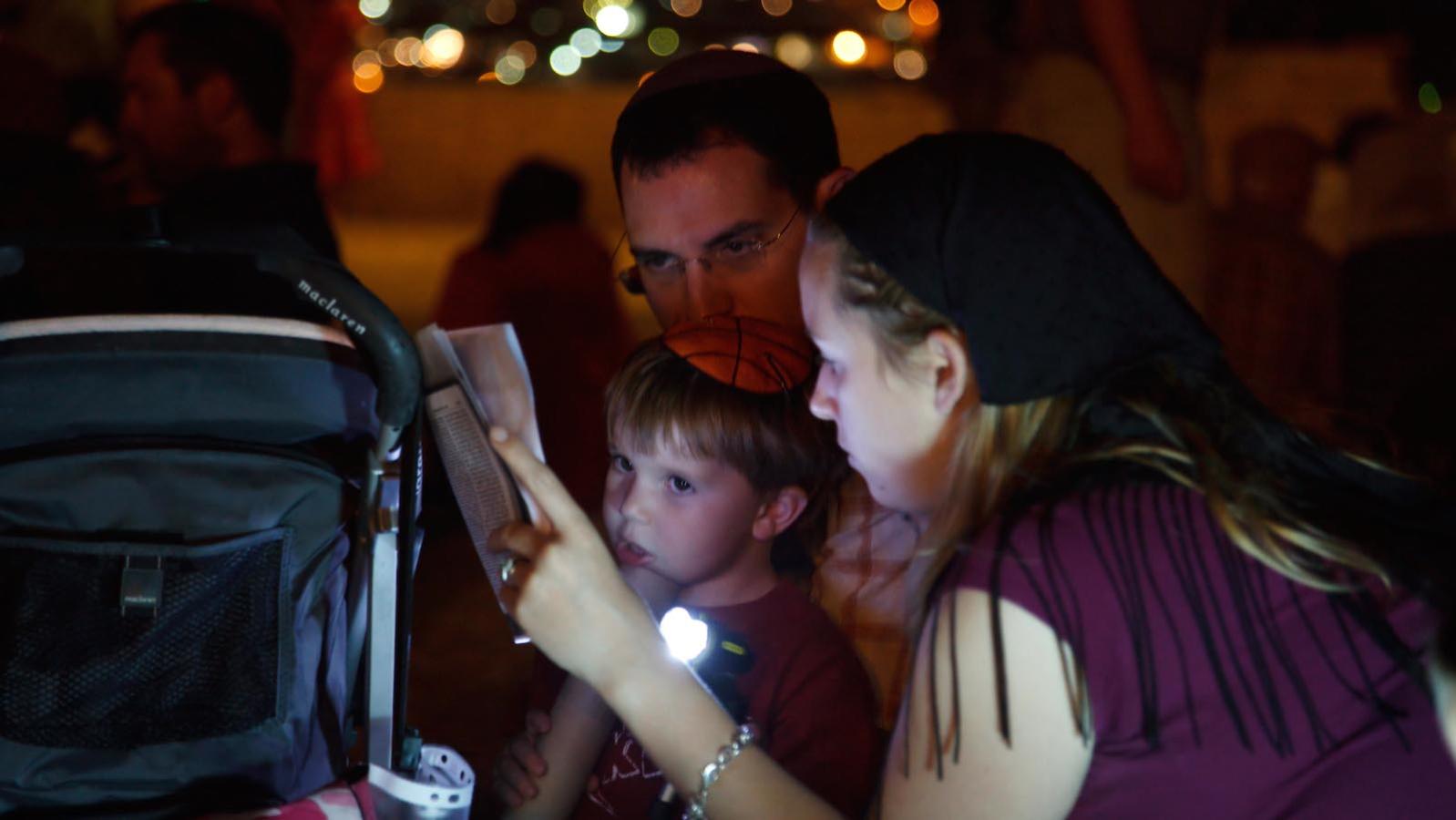In 2025, Tisha B’Av begins at nightfall on Saturday, August 2, and concludes at nightfall on Sunday, August 3.
What is Tisha B’Av
Tisha B’Av is a day of fasting and mourning for the destruction of the two ancient Temples in Jerusalem. Often described as the saddest day on the Jewish calendar, Tisha B’Av is named for the date on which it falls — the ninth day of the Hebrew month of Av. It falls at the conclusion of three weeks of mourning that begin with another fast day, the 17th of Tammuz, which is the day the walls of Jerusalem were breached by the Romans in 70 CE. Tisha B’Av is traditionally understood to be a day of danger on which many ancient calamities have befallen the Jewish people aside from the destruction of the Temples.
How Is Tisha B’Av Observed?
Already during the three weeks prior to Tisha B’Av, some Jews will refrain from listening to music, getting married, shaving or cutting hair — all of which are seen as joyful activities. During the nine days immediately prior to Tisha B’Av, some will also abstain from eating meat and drinking wine. This entire period is considered inauspicious and some Jews will abstain from things like starting new business ventures or adjudicating court cases if it can be avoided.
On Tisha B’Av itself, no food or drink of any kind is consumed and sex is forbidden. Some Jews will abstain from wearing leather shoes or engaging in any kind of pleasurable activity. During synagogue services in the morning, tefillin are not worn and some elect to sit on the floor.
With your help, My Jewish Learning can provide endless opportunities for learning, connection and discovery.
On the evening of Tisha B’av, the Book of Lamentations is read, which recounts the siege and destruction of Jerusalem. The text is often chanted by candlelight to a mournful melody. Additional poems of lament, known as Kinot, are also recited in some communities.
Your Tisha B’Av Questions, Answered
Other Tisha B’Av Resources
Why Tisha B’Av Is Not Really About Mourning
When Prayer Fails Us
The Book of Eicha: Faith In a Whirlwind
The Prohibition Against Studying Torah on Tisha B’Av
12 Things to Know About the Temple in Jerusalem
Judaism After the Temple
The Temple And Its Destruction
Future Tisha B’Av Dates
In 2026, Tisha B’Av will begin on Wednesday July 22 and conclude on Thursday July 23.
In 2027, Tisha B’Av will begin on Wednesday August 11 and conclude on Thursday August 12.
In 2028, Tisha B’Av will begin on Monday July 31 and conclude on Tuesday August 1.
Last year, Tisha B’Av was observed from August 12 to August 13.

